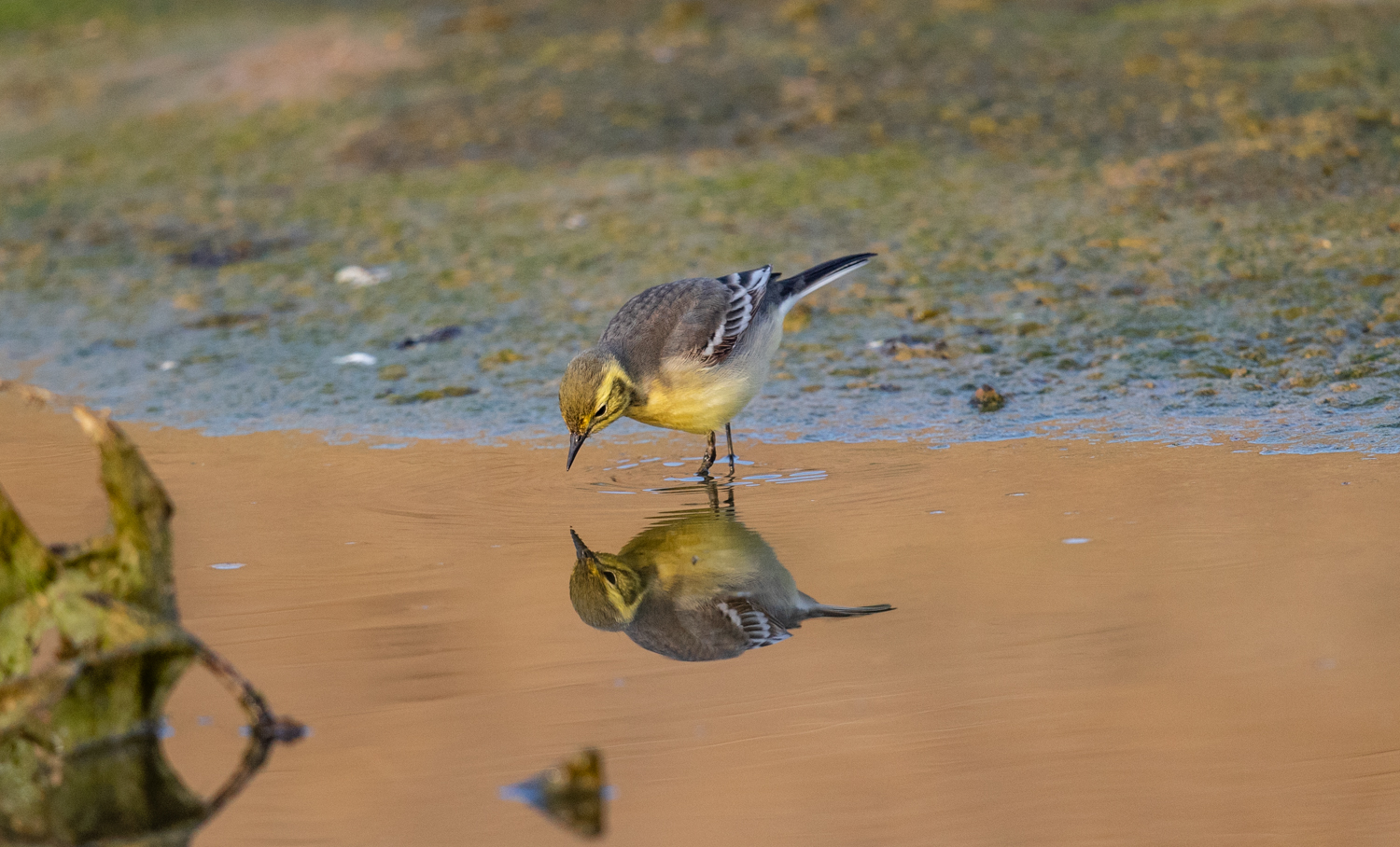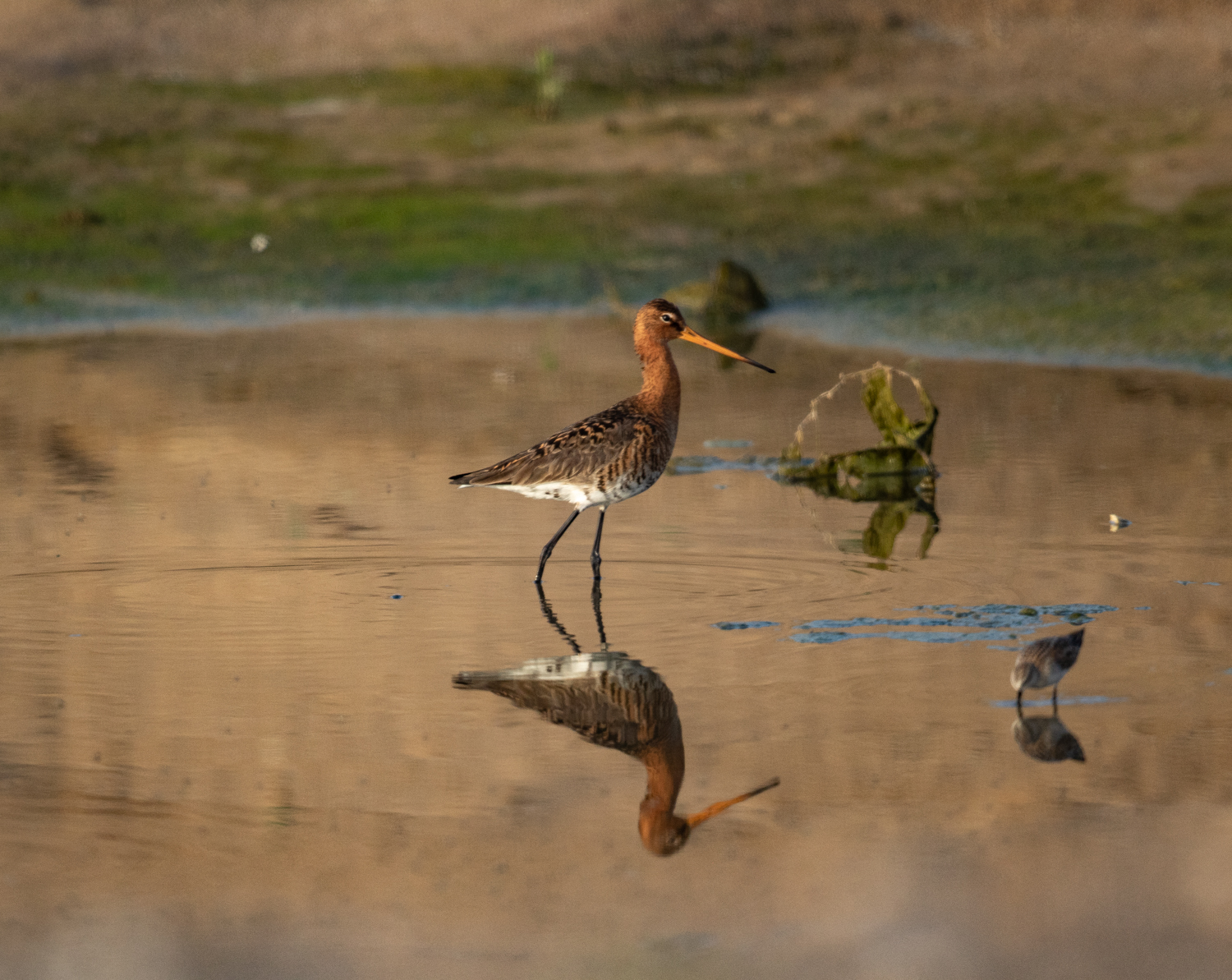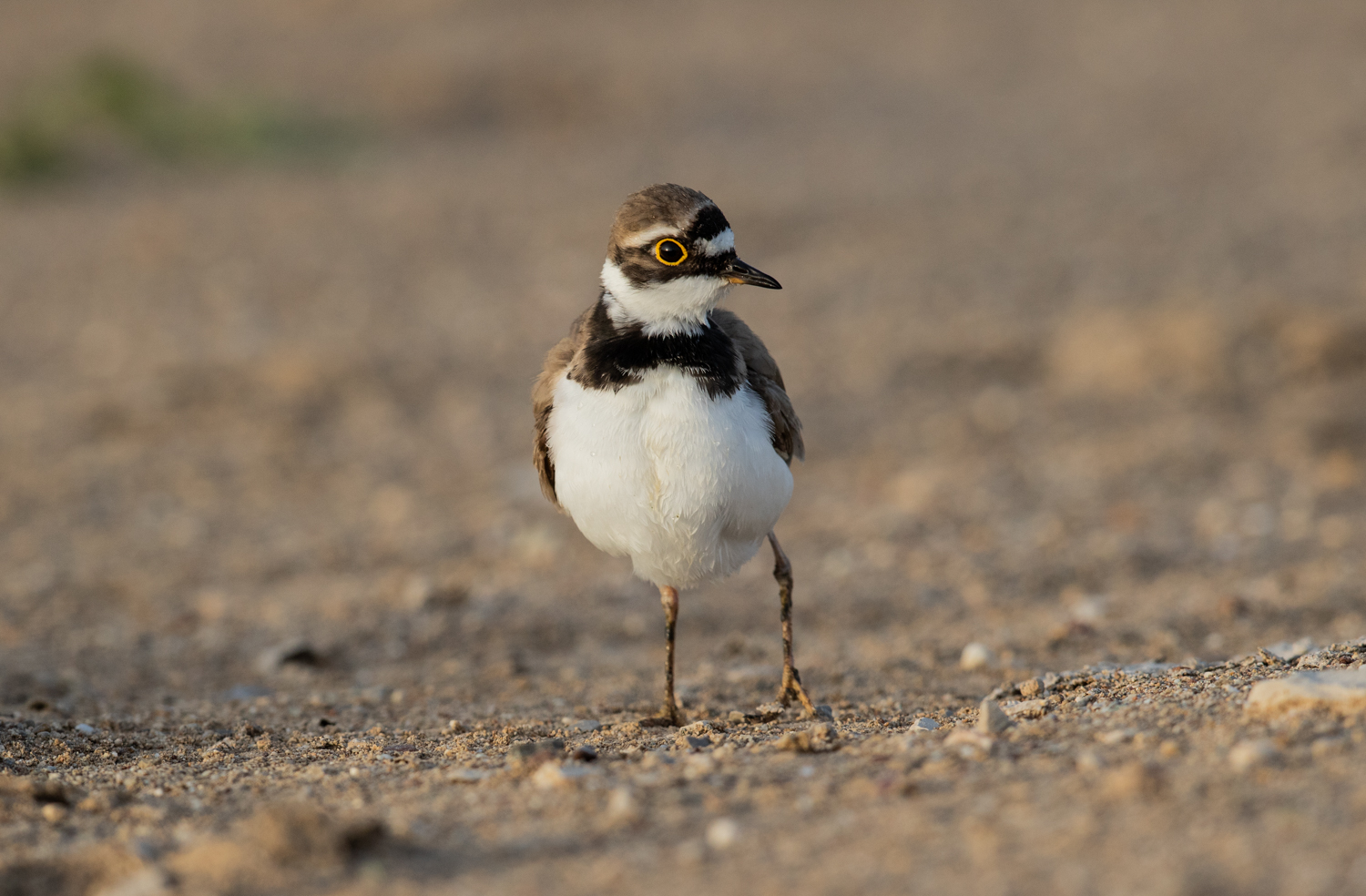My last blog post talks about finding the Brown Fish Owl in Turkey. This post will focus on everything else I saw whilst in Turkey, which was quite a lot! I didn’t even scratch the surface of exploring Turkey, and saw some pretty special birds. I mean, I bet I did’t even cover 0.5% of the land surface area of the country.
The trip wasn't a birding trip as such, I was there with family in a nice resort hotel in Side called Acanthus & Cennet Barut collection (highly recommended by the way), and the main focus for me was to see the Brown Fish Owl. I was getting up at sunrise and birding the mornings and late afternoons, and one of the main sites I was going to was the area east of Manavgat river mouth, after reading about it in a trip report online.
My local patch GPS 36.742511, 31.487007
In terms of habitat, it was somewhere in between old agricultural land and some sort of industrial waste land with not much happening. There were a few farmers fields, a pine wood, old sewage beds, a lot of litter and a general ‘brownfield’ site feel. In fact when I arrived it was quite sad to see, and felt like some sort of dystopia scene out of Mad Max. No doubt in a few years it will be the site of another super hotel. The reed-lined drainage ditches were badly polluted, with signs of eutrophic algal blooms from excessive agricultural run off. But surprisingly, there were a lot of birds still hanging on, and the birding was exciting. Within 10 minutes of arriving I had these beauties in the viewfinder:
The ditch was alive with birds and I could have stayed for hours, but I had to peel myself away as I was intrigued as to what might lie around the next corner. An old dilapidated farm building held a lovely pair of Little Owl that were seemingly very used to humans, and let me get these point blank shots.
Opposite the owls was an area that looked like a small make-shift sand quarry, with bee-eater like holes in. I moved closer and discovered some very small rain pools that looked like they were almost dried up. The first one held an array of different birds, and the evening light was perfectly shining on them, showing their reflections in the still water, enabling me to get some of the best shots of the trip. I got super close here using my vehicle as a hide. On foot I would of had no chance.
Little Ringed Plover preening
Little Stint having a scratch
An excellent size comparison of Ruff, Black-tailed Godwit, Little Stint, with Citrine Wagtail as the yardstick.




The light ran out and food was being served back at the hotel so I reluctantly left the area, with the intention of coming back at day break. Morning came and I was back on my ‘local’ patch birding. The light wasn't as good for photography but there were some interesting birds seen such as the Spur-winged lapwing, typically a common African bird but right on the edge of its Northern range into Europe.
Spur-winged Lapwing
I followed the trail towards 2 lagoons in the hope of seeing more species, but my morning quickly took a turn for the worse. The trail I was following turned into a fine gravel and my wheels just started spinning. I was getting deeper and deeper and became hopelessly stuck. I tried the old technique of putting wood and stones under the wheel to aid traction, but it wasn’t happening. I walked the area and found a farm with some menacing dogs that had attacked my moving car the day before. I bottled it and gave them a wide berth, and eventually found a fisherman who had a Freelander, so I asked him for help. He couldn’t understand English but he got my drift and came to my assistance. He only went and got stuck himself! I was really embarrassed, I had completely ruined his mornings fishing. He had a walk around and looked for help also, but eventually came back with a bottle of water and said you are going to need this, and tried to explain something in Turkish, something like he had to go back to his village to get another car. It wasn’t looking good for me. He went, so I decided to scan the horizon looking for suitable vehicles to help us. I saw a JCB working on the beach far away and decided to have a jog over and see if they could help. They were super helpful and told me to jump in and they came to my rescue. I was unbelievably grateful, but embarrassingly had no money at all on me, so I couldn’t give them anything as a gesture of my gratitude. The poor fisherman damaged his bumper when the JCB pulled him out. I returned a few times over the next few days with cash but couldn’t find them.
I was drawn back to this area the day after, around 5pm, for the happy hour of sunlight. I always prefer photographing at this time as the sun is lower in the sky and lights the subject from the side rather than above, as well as having a more special glow to the light. The sun was perfect and there were new birds arriving every day at this patch due to active migration. I had a stunning Whiskered Tern, Whinchat, and Northern Wheatear. I saw a lot of waders using the old sewage beds and I decided to climb over and have a nosey. A nice mixed flock included Grey Plover, Ruff, and Little Stint. The beds were dry, and had grass in them and to my surprise I found this cheeky chap who wasn’t concerned about me at all. I bet he wondered why the hell is this human in here.
Another strange sighting that I wan’t expecting was this Greek Tortoise. I was happy to spend some time in its presence as he was super photogenic. This one had probably only recently emerged from hibernation. They are incredibly long lived creatures, and are said to live to 120 years, with some reports claiming 200 years. The thought of this creature being around during the World Wars blew my head off, and it saddened me to think what we have done to his habitat. Anyway he seemed fine for now and was cracking on with his day.
Back to birding, and there were a few more species to talk about before moving onto a different area. All the ditches and reeds were alive with Graceful Prinias, a lifer for me but seemingly quite a common bird.
Graceful Prinia
As I mentioned earlier, I birded this area quite often, and it was a great area for migrants. On my last day 2 bird species appeared in good numbers, presumably fresh in from migration. There was an influx of Black-headed buntings, possibly just arriving from their wintering grounds in India. Then there were Lesser Grey Shrike, which had just come all the way from Southern Africa. It was interesting to see this active migration and these birds heading back to their breeding areas, both from very different wintering areas.
The next blog entry will also be about Turkey and will be about the birds seen around the Roman ruins in Side, Antalya.
Thanks for reading and please sign up to my newsletter for more wildlife related blogs and photography:





















